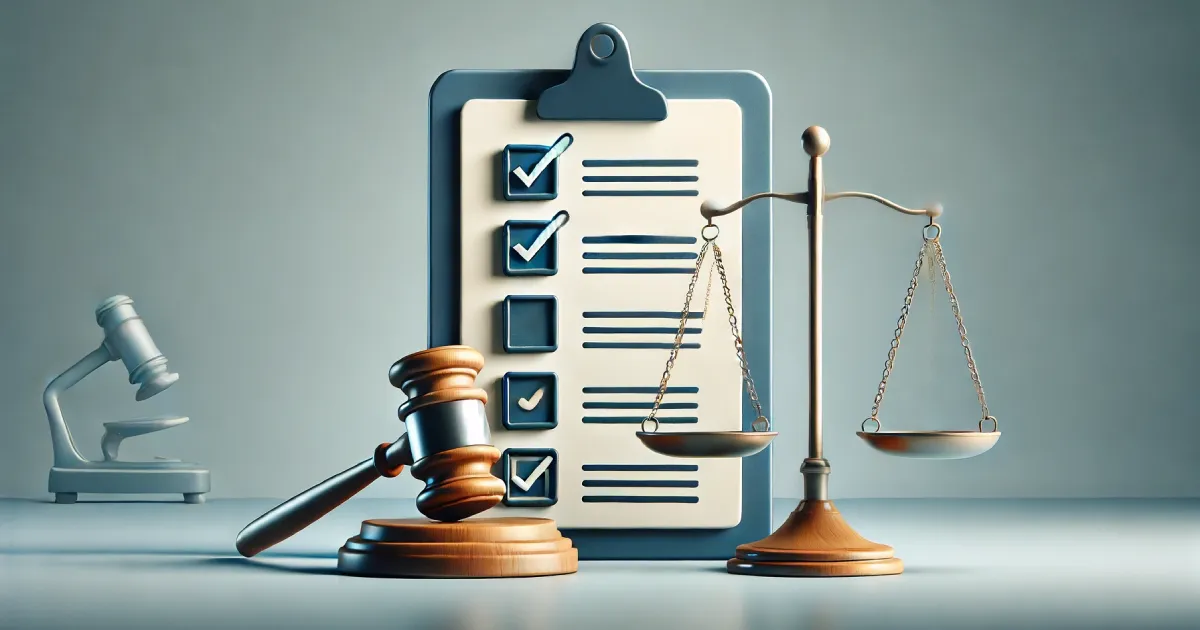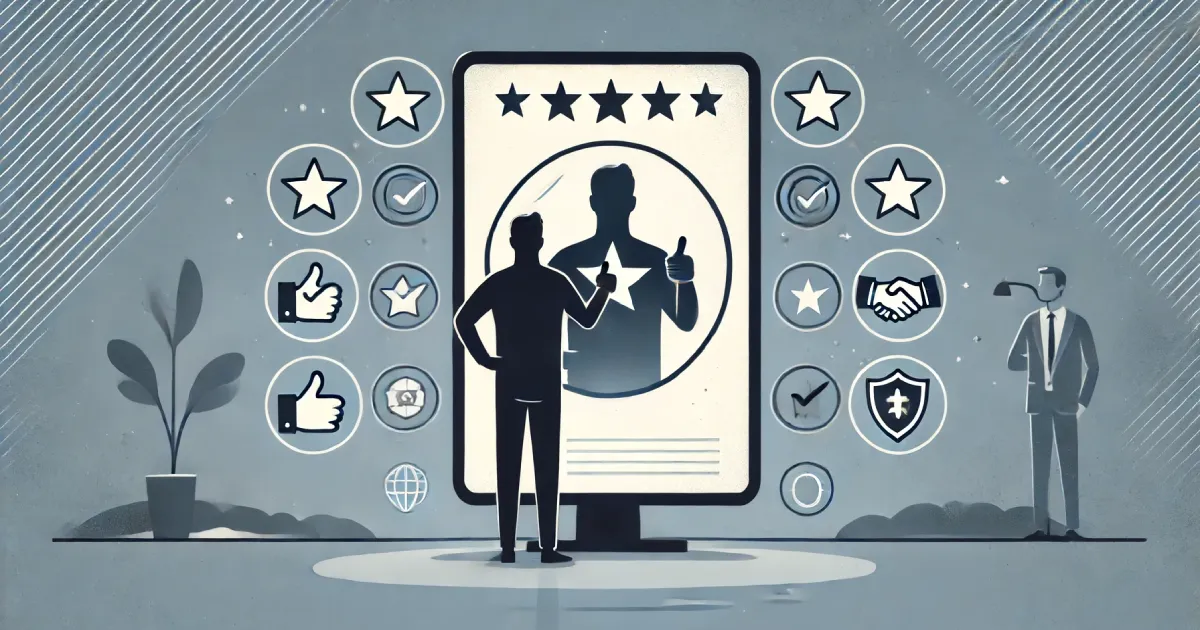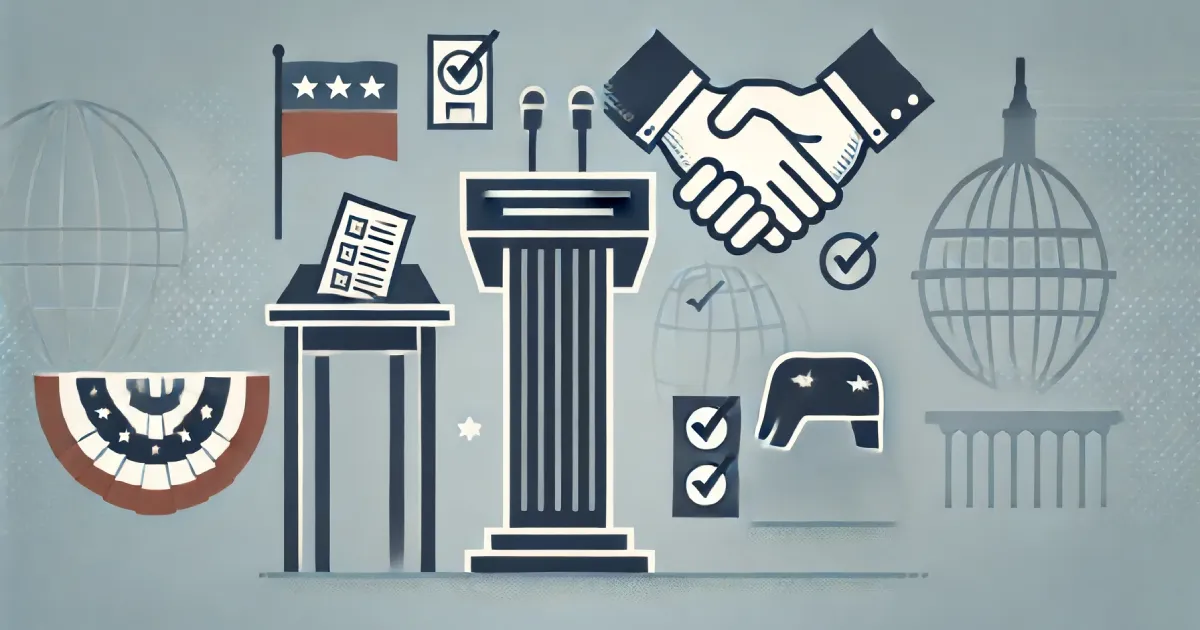10 Types of Business Risks and How to Manage Them

Risks are a part of doing business and can't be avoided completely. If these risks aren't handled well, they can cause big money problems, hurt your company's image, and even lead to the business shutting down.
This article looks at ten different kinds of risks that businesses face and gives ideas on how to deal with them in a good way. By knowing about these risks and getting ready for them, companies can better handle unexpected challenges and do well in a tough market.
Type 1) Financial Risk

Financial risk pertains to the possibility of losing money on investments or business operations. It includes market risk, credit risk, liquidity risk, and operational risk.
Management Strategies:
- Diversification: Spread investments across various asset classes to minimize potential losses.
- Hedging: Use financial instruments such as futures and options to mitigate risk exposure.
- Credit Management: Regularly review credit policies and conduct credit checks on customers.
- Cash Flow Management: Maintain a healthy cash flow by closely monitoring and managing expenses and revenues.
Type 2) Operational Risk

Operational risk arises from internal business operations. It includes risks from internal processes, people, systems, or external events that disrupt operations.
Management Strategies:
- Process Improvement: Implement standardized procedures and regular audits to identify inefficiencies.
- Training and Development: Continuously train employees to enhance their skills and awareness of risk management.
- Technology Upgradation: Invest in reliable and updated technology to minimize system failures and security breaches.
- Business Continuity Planning: Develop and test business continuity plans to ensure operations can continue during disruptions.
Type 3) Strategic Risk

Strategic risk involves decisions that affect the long-term goals of a business. Poor strategic planning and execution can lead to significant losses.
Management Strategies:
- Scenario Planning: Analyze various future scenarios and their potential impacts on the business.
- Market Research: Conduct thorough market research to understand industry trends and customer needs.
- SWOT Analysis: Regularly perform SWOT (Strengths, Weaknesses, Opportunities, Threats) analysis to inform strategic decisions.
- Agility: Foster an agile organizational culture that can quickly adapt to changes.
Type 4) Compliance Risk

Compliance risk is the threat of legal penalties, financial forfeiture, and material loss due to failure to comply with laws, regulations, and standards.
Management Strategies:
- Regulatory Monitoring: Stay updated with relevant laws and regulations.
- Internal Controls: Establish robust internal controls to ensure compliance.
- Training Programs: Regularly train employees on compliance requirements.
- Compliance Audits: Conduct periodic audits to identify and rectify compliance issues.
Type 5) Reputational Risk

Reputational risk can result from adverse events that damage a company’s public image. This risk can arise from various sources, including product failures, scandals, or negative media coverage.
Management Strategies:
- Crisis Management Plan: Develop and implement a crisis management plan to respond quickly to negative events.
- Public Relations: Maintain a strong public relations strategy to manage and protect the company’s image.
- Transparency: Be transparent with stakeholders and address issues promptly and honestly.
- Quality Assurance: Ensure high standards of quality in products and services to prevent reputational damage.
Type 6) Market Risk

Market risk involves losses due to changes in market conditions, such as economic downturns, changes in consumer preferences, and increased competition.
Management Strategies:
- Market Analysis: Continuously monitor market trends and adjust strategies accordingly.
- Diversification: Diversify product offerings and target markets to reduce dependency on a single market.
- Customer Engagement: Foster strong relationships with customers to better understand and anticipate their needs.
- Innovation: Invest in research and development to stay ahead of market trends and competition.
Type 7) Environmental Risk

Environmental risk encompasses the potential negative impact of environmental factors on a business, including natural disasters, climate change, and regulatory changes related to the environment.
Management Strategies:
- Sustainability Practices: Implement sustainable practices to reduce environmental impact.
- Risk Assessment: Conduct regular environmental risk assessments to identify potential threats.
- Insurance: Obtain insurance coverage for natural disasters and other environmental risks.
- Emergency Preparedness: Develop emergency response plans for environmental disasters.
Type 8) Technological Risk

Technological risk involves potential losses due to failures in information technology systems, cyber-attacks, and technological obsolescence.
Management Strategies:
- Cybersecurity: Invest in robust cybersecurity measures to protect against cyber threats.
- Regular Updates: Ensure that all software and systems are regularly updated.
- Data Backup: Implement regular data backup procedures to prevent data loss.
- Technology Investment: Continuously invest in new technologies to stay competitive and mitigate obsolescence.
Type 9) Human Resource Risk

Human resource risk arises from issues related to employees, such as talent acquisition, retention, and workplace safety.
Management Strategies:
- Talent Management: Develop effective talent management strategies to attract and retain top talent.
- Employee Training: Provide regular training and development opportunities.
- Workplace Safety: Implement and enforce stringent workplace safety measures.
- Employee Engagement: Foster a positive work environment to enhance employee satisfaction and productivity.
Type 10) Political Risk

Political risk includes the potential for losses due to political instability, changes in government policies, and geopolitical events.
Management Strategies:
- Political Risk Insurance: Obtain insurance to cover potential losses from political instability.
- Local Partnerships: Establish strong local partnerships to navigate political environments.
- Diversification: Spread business operations across multiple regions to mitigate risk.
- Government Relations: Maintain good relationships with government officials and agencies.
Final Thoughts
Understanding and managing business risks is crucial for the success and sustainability of any organization. By identifying potential risks and implementing appropriate management strategies, businesses can mitigate negative impacts and leverage opportunities for growth.
The key to effective risk management lies in continuous monitoring, proactive planning, and the ability to adapt to changing circumstances. By staying vigilant, anticipating potential issues, and being flexible enough to adjust course when needed, companies can navigate the complexities of the business world and position themselves for long-term success.
Key Takeaways
| Risk Type | Definition | Management Strategies |
|---|---|---|
| 1. Financial Risk | Risk of losing money | Diversification, Hedging, Credit Management, Cash Flow Management |
| 2. Operational Risk | Risk from internal operations | Process Improvement, Employee Training, Updated Technology, Continuity Planning |
| 3. Strategic Risk | Risk affecting long-term goals | Scenario Planning, Market Research, SWOT Analysis, Agility |
| 4. Compliance Risk | Risk of legal penalties | Regulatory Monitoring, Internal Controls, Training, Audits |
| 5. Reputational Risk | Risk of damaging public image | Crisis Management, Public Relations, Transparency, Quality Assurance |
| 6. Market Risk | Risk from market changes | Market Analysis, Diversification, Customer Engagement, Innovation |
| 7. Environmental Risk | Risk from environmental factors | Sustainability, Risk Assessment, Insurance, Emergency Plans |
| 8. Technological Risk | Risk from IT failures and cyber-attacks | Cybersecurity, Regular Updates, Data Backup, Tech Investment |
| 9. HR Risk | Risk related to employees | Talent Management, Employee Training, Safety, Engagement |
| 10. Political Risk | Risk from political instability | Political Insurance, Local Partnerships, Diversification, Government Relations |





